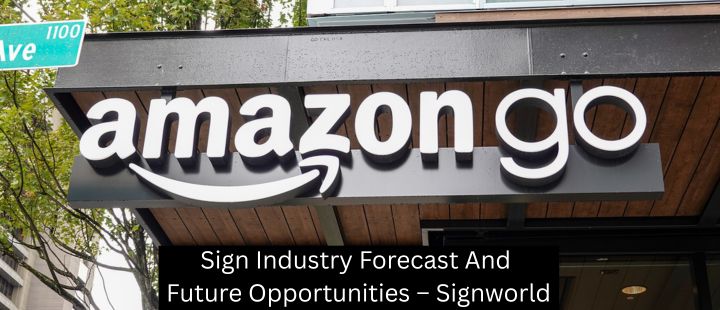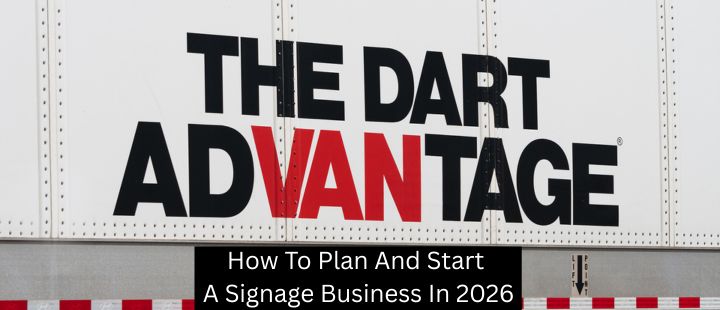Today’s post reviews International Sign Association studies on the benefits of temporary signs, then shares our top-3 tips to keep temporary signs compliant in any state.
Why Consider Temporary Signage?
Research by the International Sign Association (ISA) shows that while the vast majority of survey respondents used temporary signs for safety and aesthetics, nearly 50% also stated that they used temporary signage to promote their businesses. While permanent sign solutions are essential for long-term business success and building brand authority, temporary signage is still a useful tool.
These are just a few of the reasons to consider temporary signs for your business:
- Keep your business on the map while permanent signage projects progress. When the BrandSpark/Better Homes and Gardens American Shopper Study surveyed more than 100,000 consumers about their household shopping activities, more than 60% indicated that they had failed to locate a business because the signage was too small or unclear. If you want to open your doors before your permanent storefront sign is ready to go, temporary signage is a great option.
- Make the most of small advertising budgets. During their review of temporary sign literature, ISA researchers found that temporary signage was particularly valued by small businesses with smaller advertising budgets.
- Boost walk-ins. Temporary signs have been shown to boost store traffic just like their permanent counterparts. For instance, in the 2013 case of Fears vs. City of Sacramento, in which a local gym challenged the prohibitions of their temporary sandwich board signs, the owners stated that this cost-effective advertising solution attracted 5-6 more daily walk-ins when the sign was posted outside.
- Stay up-to-date with seasonal promotions and limited-time offers. It’s not feasible to roll out new permanent signage every time you add a new menu item or offer a week-long sales promotion. But temporary signage is perfect–affordable, easy to install, and quick to produce.
Top-3 Tips To Help Keep Temporary Signage Up To Code
- Research your local ordinances. There are no federal standards for temporary sign design and installation. As such, ordinances vary widely from state-to-state and even county to county. For this reason, it’s critical that you research your local sign ordinances. Most ordinances are made available to the public on the official city, state, or county website. But when in a doubt, a Signworld partner can help–we work with sign codes all over the country.
- Know the definition. In most cases, the term “temporary sign” means any sign, with or without frames, intended to be displayed out of doors for a short period of time. The most common types of temporary signs include banners, pennants, valances, balloons, festoons, A-frames, and other sign types that are not permanently attached to a support or building. Knowing this definition is important, since temporary signs are exempt from many sign requirements. For instance, in most cases, temporary signs do not require permits.
- Keep it temporary. Temporary signage needs to be temporary, or your business may be subjected to serious fines. Though the duration of display varies from state to state and county to county, most temporary signage must be removed after twenty-one (21) consecutive days or sixty-three (63) days per calendar year.
Optimize Your Temporary Sign Design – Find A Signworld Partner
Visit the Signworld website to find a temporary sign design specialist near you and get a free quote today!




